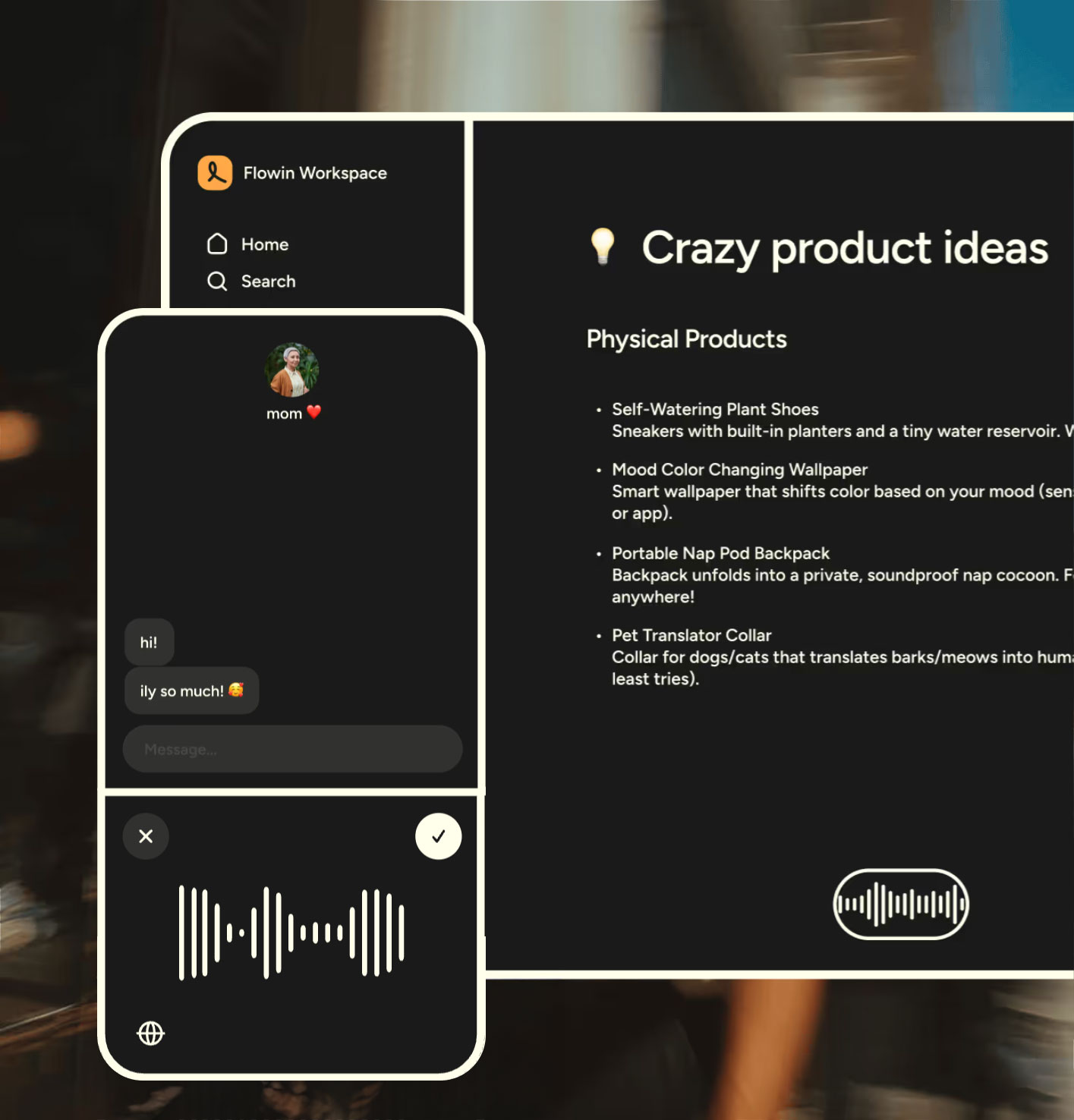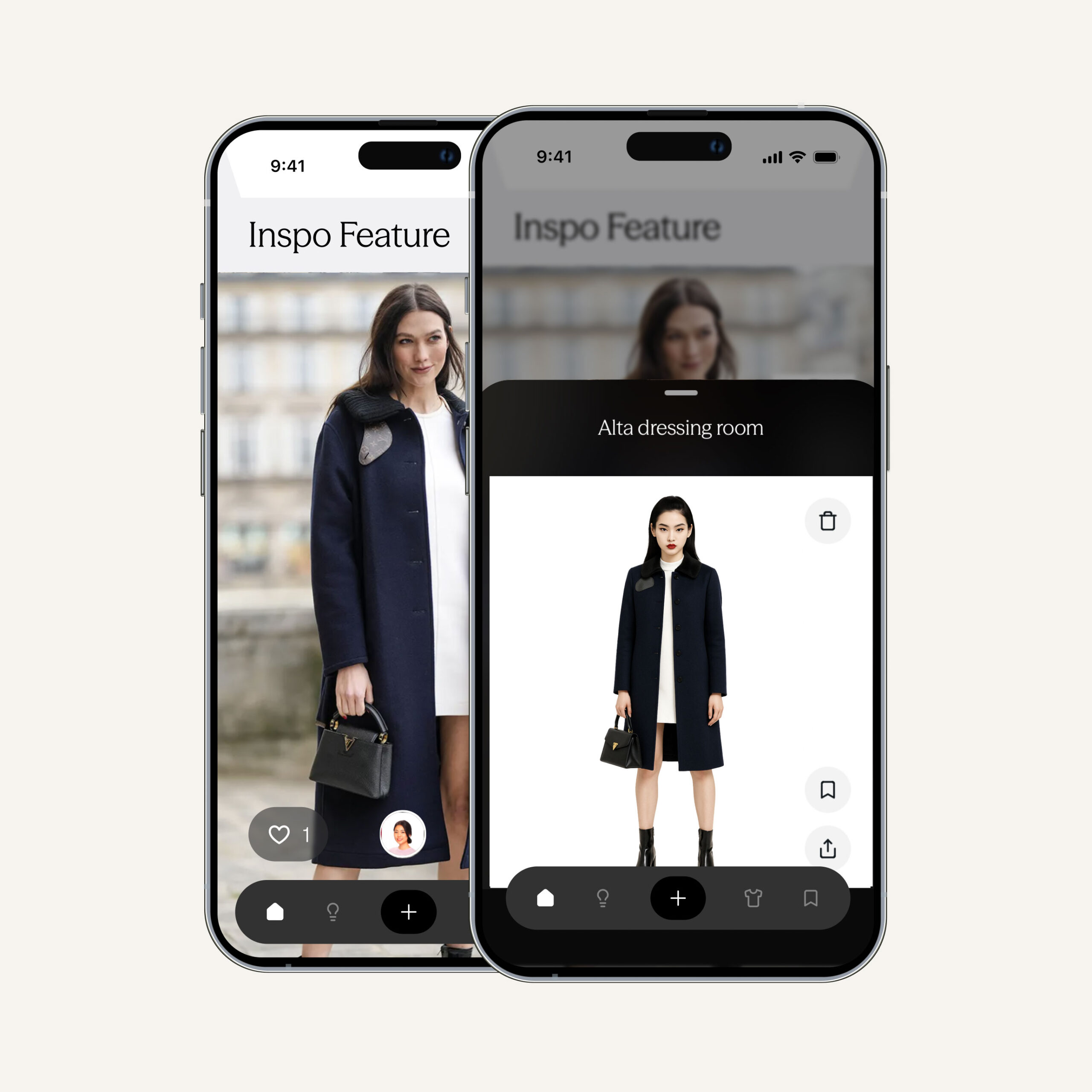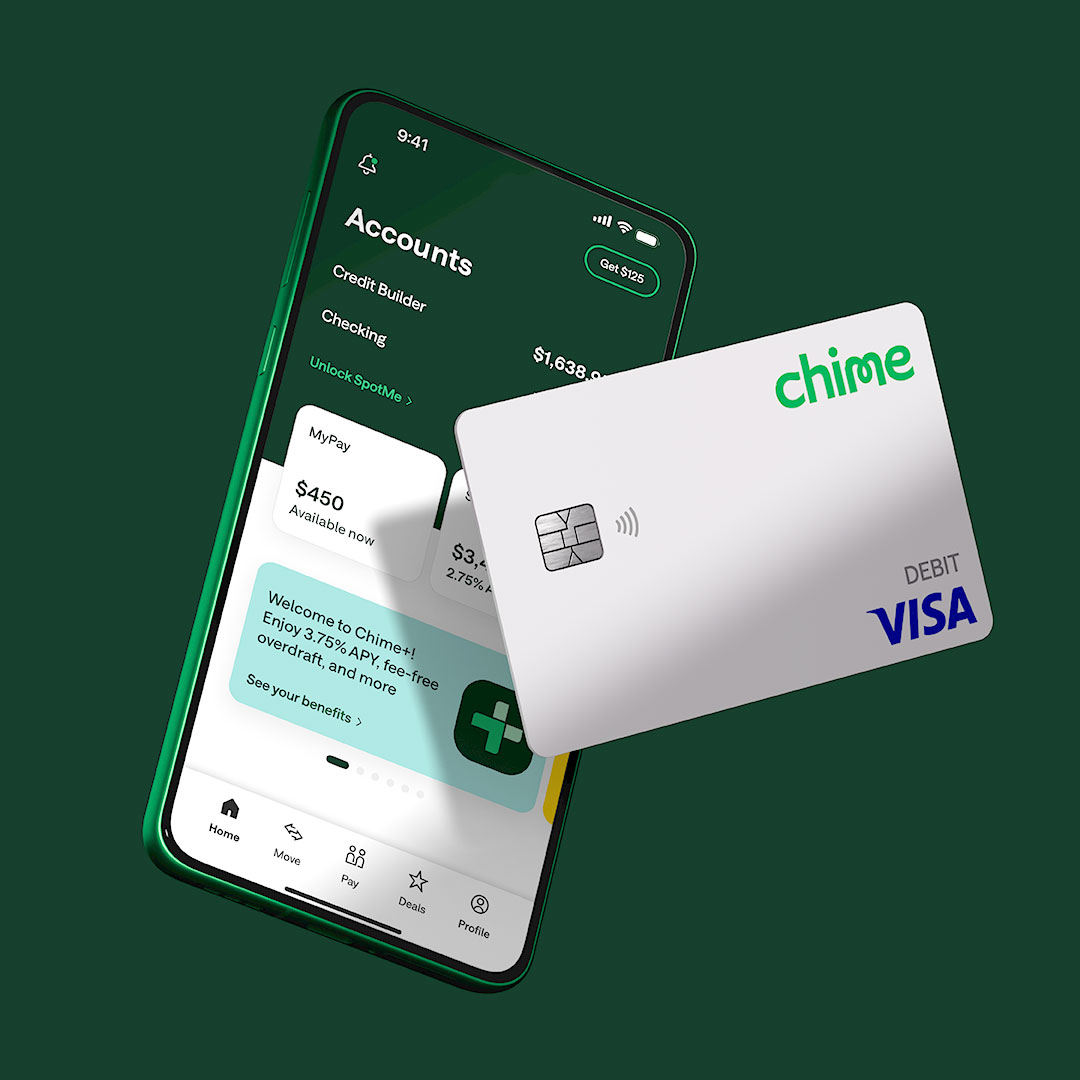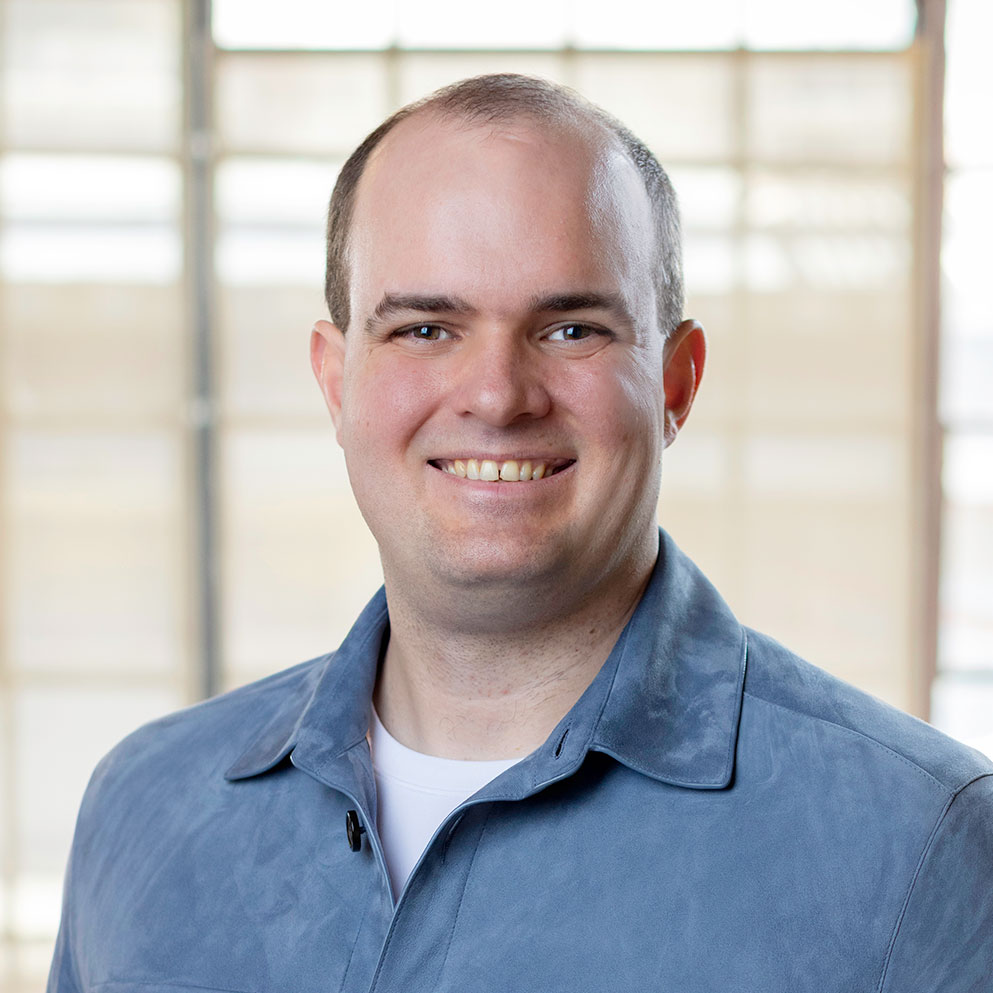It’s no secret that the tech industry has a diversity problem. And while much has been said and studied about the benefits of diversity and an inclusive environment on employee engagement, innovation, and company performance, our industry has made little progress in the past five years against stated goals.
There is even more to be gained from incorporating diverse backgrounds, experiences, and different ways of thinking into the products we create as well. Diverse product teams with diverse leaders are more nimble, empathize with their end-users more effectively, and ultimately, create more inclusive and equitable products.
It got us thinking about a conversation we had with Bangaly Kaba, former Head of Growth at Instagram and VP Product, Growth at Instacart. We had the honor of co-hosting a Menlo Ventures Product Assembly Dinner with him back in November, where he shared some of the lessons he learned as part of his incredible life story as a product innovator.

The son of a West African father and Caribbean mother, Bangaly grew up the consummate tinkerer, building his own computers and coding in Visual Basic before the modern tech stack existed. After university, he traveled the world, lived and taught abroad, prioritizing raw experiences to learn about the world through an unfiltered lens.
Bangaly credits his experiences traveling and as an educator with being able to rapidly connect with others, deliver information effectively, and understand human needs—the foundation of not only building great products, but also the backbone of successful leadership.
In 2014, Bangaly joined Facebook as a product manager on the Friending Team, a group of almost 50 people responsible for building and growing the social graph, giving people recommendations, and understanding how people made connections. During this time, each organization in the company aligned to one of three metrics: people, engagement, or monetization. Bangaly’s growth team, one of the most mature teams at Facebook, was responsible for people and played a critical role in achieving a company-wide initiative: unlocking South Asia and Southeast Asia.
Bangaly’s team realized that friending in those regions was not going well compared to what the company experienced in the US and Western Europe. Interestingly, the rate of friending and unfriending was unexpectedly high, and the density of the friend graph looked sparse. In the U.S., people had three to five times the number of friends in common compared to India. Furthermore, India accounted for four times the amount of global “friend spam” compared to its percentage of monthly active users on Facebook. Facebook had all the data but no qualitative understanding of what the fundamental issues were. What was going on?
After traveling to different countries and utilizing each trip to deep-dive into a particular issue (how to accept and request friends, how to understand people you may know, how to search for friends, how to think about friend spam), Bangaly’s team was finally able to uncover some key insights.
First, they realized that the commonality of names in those countries was posing significant challenges to building connections on the social network. For example, the data in India showed a few hundred thousand users who had registered with the named Amit Kumar, and over 30 percent of them were still monthly active users! If you were hanging out in Bangalore and trying to find your friend Amit Kumar, there may be several thousand people in the same city with that name. It was next to impossible to find your Amit Kumar. To solve this, the team had to understand how people hacked the platform to find the right friends. Then, they needed to implement creative product changes to improve machine learning predictions and rethink ways to filter out irrelevant connections.
The team also realized that the Facebook profile was heavily biased towards a Western-centric notion of identity. For example, users were asked to populate a lot of text fields about job history to help tell the world who they are (i.e., Bangaly’s said “Product Manager at Facebook”). However, 80 percent of the world’s workforce is deskless, making it difficult to self-identify as “[title] at [company].” Many of the people in their user research studies from different countries said that they did not have a formal title and wouldn’t know or use that information to identify their friends. Instead, they used a lot of visual cues and other strategies to make friending decisions—it was an entirely different paradigm for decision making.
Lastly, the performance of the app was terrible in densely populated environments. Again, India works as a great example here. The population density of Mumbai at the time was 57,000 people per square mile (compare that to San Francisco’s 7,000!), and a majority of those people in 2014 were using 2G network connections. In Bangaly’s words, “60K people per square mile is like using your phone at a Jay-Z and Beyonce concert. It just won’t work.” These learnings became the impetus for Facebook Lite, an app specifically designed for low-speed connections and low-spec phones.
Building teams that are diverse and have empathy for other perspectives and experiences are core to building great products that scale. In this case, Bangaly and his team took the time to understand cultural, technological, and behavioral differences to improve the Facebook app for populations in Asia, and today, almost 90% of Facebook’s daily active users come from outside the U.S. and Canada.
After Facebook, Bangaly went on to revitalize product and growth at Instagram and Instacart. Today, he’s back where he started—tinkering. But the concept of tackling differences among users head on remains a core part of his approach to building technology.




